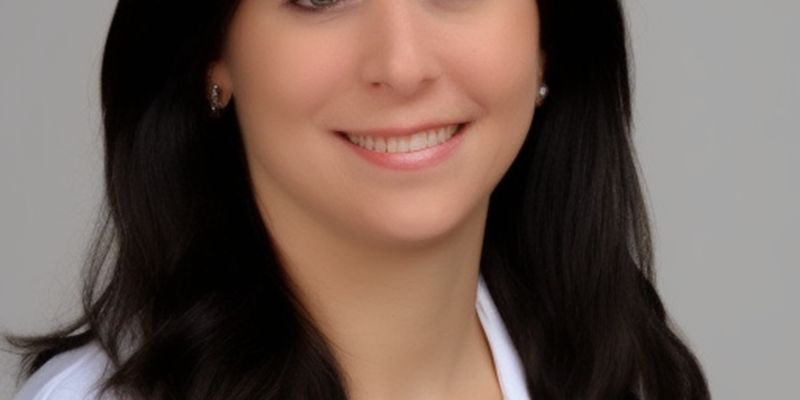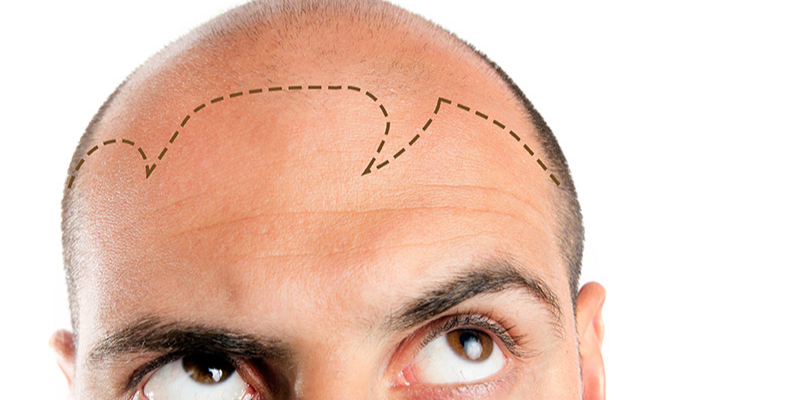Many patients suffering from hair loss would like to undergo the famous hair transplant procedure, but what if the patient lacked any hair at all? Can you get a hair transplant if your bald?
Not everybody is a potential candidate for transplanting hair. When discussing what are the factors that contribute to a good candidate, the age, donor area and the patients general health are important aspects in determining whether they can undergo the hair surgery.
A healthy individual is definitely a good indicator for a hair transplant candidate. Other than the health and age of the patient, there is also another crucial factor in what makes for a good candidate.
More importantly, an ideal candidate for a hair transplantation procedure is someone with a stable donor area.
A donor area, is the chosen location of the scalp. This area is where the hair follicles are extracted from. The more sturdy the donor are is, the better your results will look.
The donor area plays a big role in how good the outcome will look. During the consultation a doctor will examine the overall condition of the hair. The denser and healthier parts of the hair is chosen as the donor area for the extraction. Patients with a weak extraction area on the other hand, are unlikely to be a well suited candidate.
This proves how relevant the state of the donor area is. What does a unstable donor recipient mean? The first trait of a weak supplier would be, thinning hair strands, and prone to breakage.
With what method can you get a hair transplant if your bald?
While it is challenging for bald individuals to receive hair transplantation, it is not all hopeless. There is one way patients with an overall balding head can achieve some strands of hair. Hair follicles are not just limited for extraction on the head. Hair strands can be extracted from other parts of the body such as the arms or legs.
Patients with full beards can also benefit from having their beard hair grafted for their bald heads. The beard is actually the most popular choice for extraction. However the downside to using body hair for transplantation is the possibility of an unnatural looking outcome. Hair follicles that are implanted around the hairline are what causes the unnatural look of the hair.
Which is why surgeons implant the hair strands on the back of the head in order to avoid this unfavorable symptom.
Hair follicles from other parts of the body can be extracted with the use of the FUE method. The FUE can directly remove the hair from its roots and relocate them onto the bald head. Another viable technique for bald patients is the DHI technique.
Both methods can be pricey. But the investment can be worth it when the aftermath of the surgery provides amazing results.
FUT cannot be performed on bald patients. This is because FUT requires removing a strip of skin with hair follicles in them. Bald heads do not have any growing hair roots. And so cutting out a piece of skin might not be a good idea. It is best if candidates with bald heads undergo methods like FUE or even DHI.
Can you get a hair transplant if you are bald?
Receiving a hair transplantation procedure is sadly not possible for completely bald patients. In summary, the treatment is performed by removing hair follicles from the donor area of the scalp, and transplanting them to the balding areas.
If the patients lacks any hair to begin with, than there is no donor area for the surgeons to extract hair follicles from. Bald patients have limited options. However there are viable hair restoration treatments available, that can work efficiently for bald patients. And advanced tricho pigmentation (ATP) is one of them. ATP delivers pigment onto the scalp, this method is able to replicate the appearance of hair. Surgeons can use the ATP method to fully cover the hair. This method can be very practical. Often times the FUE cannot always be performed on bald patients which is why ATP might be a dependable alternative.
There are a few benefits for patients with a completely bald head undergoing the hair transplantation. The first advantage is the recovery time is much shorter compared to longer haired individuals. Hair follicles are less likely to tear off from its roots due the transplanted hair strands being much shorter in length. Even if the recovery process is less risky and requires low maintenance, patients should always keep their newly transplanted safe from outside sources at all times. When the patients take the necessary safeguards for the newly transplanted hair the results are worthwhile.
Are the results just as efficient as the patients with fuller hair?
This is not entirely possible. Patients who already have hair, only need a minimum amount of grafted hair follicles, for the transplantation. This is because patients most likely already had enough hair on their head to begin with, in order for the surgeon to use as a donor area. Patients who already have hair for the most part receive amazing results.
Individuals with receding hairlines reap the most advantages when it comes to hair transplant surgery. When all you need is the lowering of the hairline with only few hair follicles, it is easy to understand why having enough hair on the head of the donor area.
Patients should be aware that it is not possible to achieve full and thick looking locks from this surgery if you have a completely bald head. Once you accept this fact, you can discover other more reliable options you can undergo that effectively covers the bald head.
Bald patients are capable of undergoing hair transplant surgery. Hair restoration can enhance the overall appearance of any patient. Even so the results wont be similar to those with who already have hair. But that should not completely discourage you. Anybody can undergo a hair transplant procedure. Including patients with a bald head.
Can You Get Hair Transplantation for Female?
Yes, indeed you can get hair transplantation for female. It is a minimally invasive procedure that restores the natural look and feel of the hair. This hair transplant procedure is typically recommended for those women with advanced baldness, thinning of the hair, or general hair loss due to age or genetics. However, it is important to note that a successful outcome will depend on factors such as the patient’s overall health and medical history as well as the expertise of the provider performing the surgery.

While the basic principles are the same as grafting healthy hair follicles from one part of the scalp to another, there may be differences in the number of grafts needed for a female patient, as well as the specific techniques used in order to achieve natural-looking results. A qualified hair transplant specialist should be consulted before embarking on any type of medical treatment including hair transplantation for female. Furthermore, you may also want to discuss other available treatment options with your doctor to ensure you make an informed decision. Overall, while there are certainly some differences between male and female hair transplantation procedures, both can provide excellent aesthetic outcomes with proper care and attention paid during treatment.



